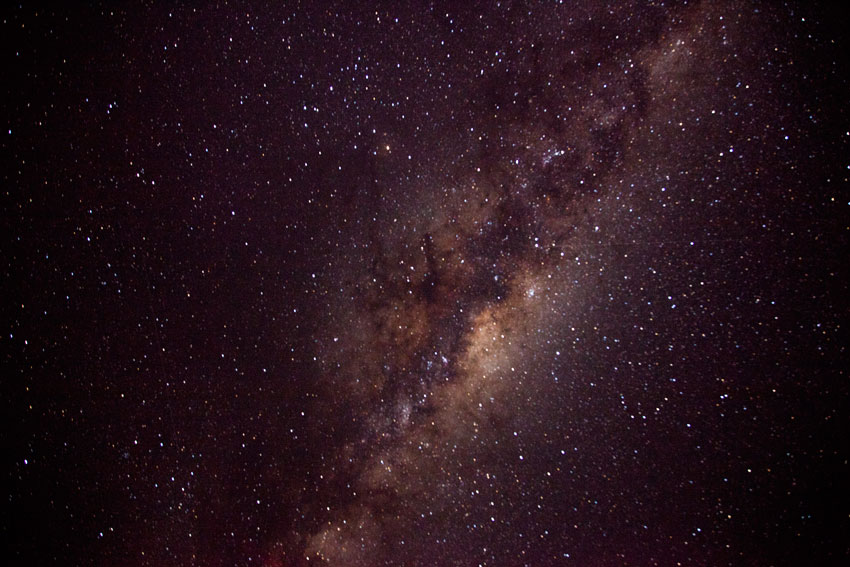Changing with Light
Reflections and Refractions
In my previous blog about light be did a basic exploration of light, why we can see and colour temperature. This was to give you a basic idea of what we're working with in photography, light. If you do not have a good understanding of light and how to get the best out of it, you will spend hours in Photoshop trying to make a mediocre image, acceptable. But if you understand light and use it to your advantage you can capture an ordinary moment and make it spectacular.
When a ray of light hits a surface one or more things can happen, it can reflect off the surface and travel in a different direction, it can pass through the medium and continue on a new straight path or it can be absorbed.
We've touched on visible light combining different wave lengths that bend in a slightly different ways to create different colours. Also how certain wave lengths gets absorbed and some reflected when it hits and object. Now what happens when light passes through a substance, like water, or class, or the lens of your camera?
Refraction of Light
As you know light travels in waves and it travels at a certain speed, 299 792 458 m/s in a vacuum to be exact. This speed varies from one medium to another. When light travels through one medium then another, the speed will change and the path of the light will bend. This is called refraction.
Now take into consideration the angle that the light hits the medium; and if it moves from a denser medium to less or the other way around. You can see this when looking through a glass with water. The light will hit the glass and because it is a different density, will slow down and bend, again when it hits the water and again upon exit, distorting the image.
The Bends?
Now how does this effect your photography? Ok so you can take some interesting distorted portraits through a fish bowl, but the true reason is lenses. The reason why we are able to capture the quality of light we do now is because we use a piece of glass that will bend and concentrate light onto a surface for us to capture. Different combinations and shapes will bend light to our will. Simplest form is a magnifying glass, combine that idea and you have a telescope.
There are two main factors that that determine how much a lens bends the light. The reflective index(n) of a material is how much it slows down the beam. Air being n=1, water n=1.33, glass n=1.5 ect. Then the angle of incidence is the angle at which the light hits the medium, the greater the angle the more the bending. So if you combine these basic principles in convex and concave lenses you'll understand how your lenses have the ability to either magnify what you want to capture or allow you to capture more of a confined space.
“The picture… is but a succession or variety of stronger lights thrown upon one part of the paper, and of deeper shadows on another. Now Light, where it exists, can exert an action.”
- William Henry Fox Talbot
This is a touch on the basics of a very interesting subject. Understanding how light behaves will help you take better pictures. We'll get into focus and different lenses next time, but please contact me if you have any questions.




